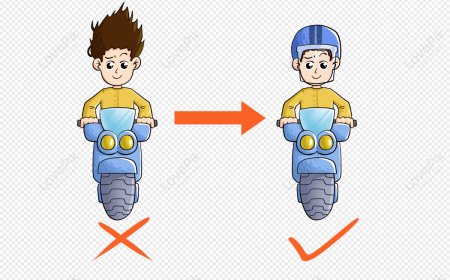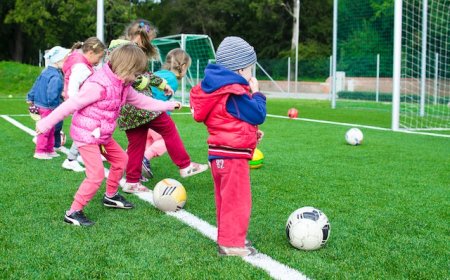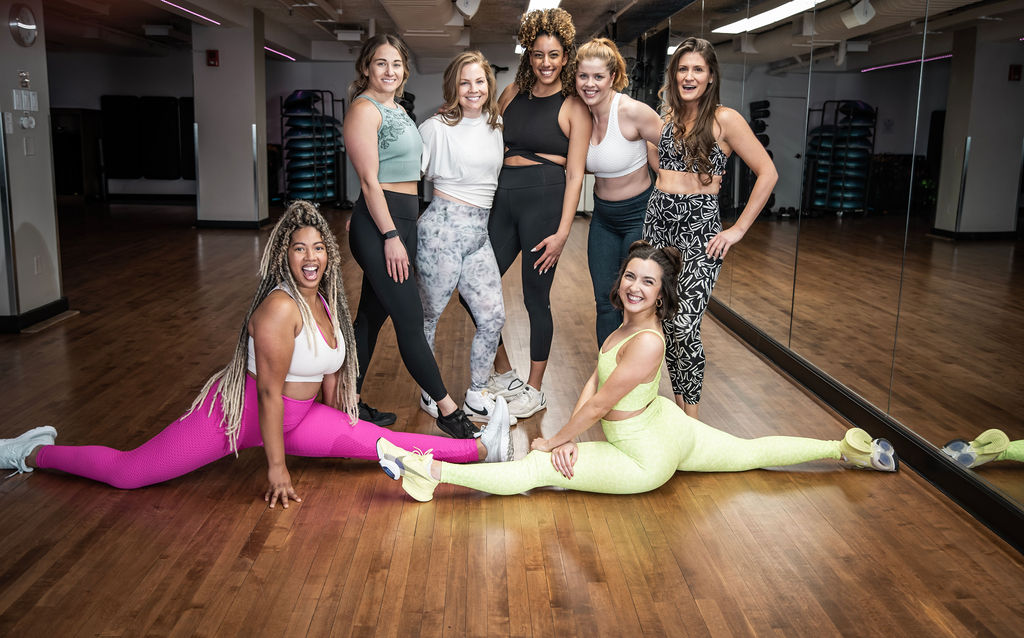Functional Training: The Ultimate Guide to Building Functional Strength and Improving Athletic Performance
Functional training is a type of exercise that focuses on replicating movements used in everyday life, such as lifting, pushing, and pulling. This type of training is based on the principle that the body works…Read More

Functional training is a type of exercise that focuses on replicating movements used in everyday life, such as lifting, pushing, and pulling. This type of training is based on the principle that the body works as a whole, rather than as individual parts. By focusing on functional movements, functional training aims to improve overall fitness, strength, and movement patterns, and prevent injury.
Functional training is often performed using bodyweight exercises, free weights, and resistance bands. These types of exercises are designed to work for multiple muscle groups at the same time, which is why functional training is often referred to as “multi-joint” exercises.
One of the main benefits of functional training is that it helps to improve balance and stability. This is because functional exercises often require the body to maintain an unstable position, such as standing on one leg or on an unstable surface. This type of training can also help to improve coordination and proprioception, which is the body’s ability to sense its position in space.
Best Gym Supplement Under ₹500 | Best during the workout supplement

Functional training is also effective for improving overall fitness
Functional training is also effective for improving overall fitness, and strength. Because functional exercises work for multiple muscle groups at the same time, they can help to increase muscle mass and improve cardiovascular fitness. Additionally, because functional exercises often require the body to move in multiple planes of motion, they can help to improve overall flexibility and range of motion.
Another benefit of functional training is that it can help to prevent injury. By focusing on functional movements, functional training helps to improve overall movement patterns, which can help to reduce the risk of injury. Additionally, because functional training requires the body to work in an unstable position, it can help to strengthen the stabilizing muscles that are often overlooked in traditional strength training programs.
This training can be performed by people of all fitness levels, from beginners to advanced athletes. However, it is important to work with a qualified trainer or coach who can help to design a functional training program that is appropriate for your fitness level and goals.
One of the most important aspects of functional training is the progression, it should be tailored to the individual and their goals. For example, a beginner may start with basic bodyweight exercises, such as squats and lunges, while an advanced athlete may perform more complex movements, such as plyometric exercises.
Functional training can also be incorporated into a variety of settings, including gyms, fitness classes, and even at home. Some popular functional training equipment includes kettlebells, medicine balls, and resistance bands.
In conclusion, This training is a type of exercise that focuses on replicating movements used in everyday life. It is effective for improving balance and stability, overall fitness and strength, flexibility, and range of motion, and preventing injury. It’s important to work with a qualified trainer or coach to design a functional training program that is appropriate for your fitness level and goals and it should be progressive. This type of training can be performed by people of all fitness levels and can be incorporated into a variety of settings, including gyms, fitness classes, and even at home.
Functional Strength? How is it different from functional Training?

Functional strength refers to the ability of the body to perform everyday movements and activities with ease, stability, and efficiency. This type of strength is often associated with movements such as lifting, pushing, pulling, twisting, and bending, rather than more isolated exercises like bicep curls.
Functional strength training involves exercises that mimic real-life movements and engage multiple muscle groups at once. This type of training is particularly beneficial for athletes, older adults, and individuals recovering from injury.
Some examples of exercises that can improve functional strength include:
- Squats: This exercise targets the legs and core, and is great for building lower body strength. It can be done with bodyweight, dumbbells, or a barbell, and can be modified to suit different fitness levels.
- Deadlifts: This exercise targets the legs, back, and core, and is great for building overall strength and power. It can be done with a barbell or a set of dumbbells and can be modified to suit different fitness levels.
- Lunges: This exercise targets the legs and core, and is great for building lower body strength. It can be done with bodyweight, dumbbells, or a barbell, and can be modified to suit different fitness levels.
- Push-ups: This exercise targets the chest, shoulders, and triceps, and is great for building upper body strength. It can be done with body weight or additional weight and can be modified to suit different fitness levels.
- Pull-ups: This exercise targets the back, shoulders, and arms, and is great for building upper body strength. It can be done with a pull-up bar or resistance bands and can be modified to suit different fitness levels.
- Planks: This exercise targets the core, and is great for building overall stability and endurance. It can be done with body weight and can be modified to suit different fitness levels.
Functional strength training is an essential aspect of a well-rounded fitness routine. It can improve balance, stability, coordination, and power, which can help prevent injuries and improve the overall quality of life. It is important to note that it’s best to work with a qualified trainer to help create a workout plan that is safe and effective for you and to progress gradually as you build strength.
Athletic Performance with functional training
Athletic performance refers to the ability of an individual to perform at a high level in a specific sport or activity. Athletic performance is influenced by a number of factors, including physical fitness, nutrition, mental toughness, and skill development.
Physical fitness is an essential component of athletic performance. A well-rounded fitness routine that includes strength training, cardiovascular exercise, and flexibility work can help improve an athlete’s overall fitness level. Strength training, in particular, is important for building muscle mass and power, which can help athletes perform better in their sport. Cardiovascular exercises, such as running or cycling, are important for building endurance, which can help athletes perform for longer periods of time. Flexibility work, such as stretching, can help improve the range of motion, which can help prevent injuries and improve overall performance.
Nutrition is another important aspect of athletic performance. Athletes need to consume a healthy and balanced diet that is rich in carbohydrates, proteins, and healthy fats to provide their bodies with the necessary energy and nutrients to perform at their best. It is also important for athletes to stay hydrated by drinking plenty of water.
Mental toughness is a key factor in athletic performance as well. Mental toughness refers to the ability to perform under pressure and to stay focused, motivated and positive when faced with difficult situations. Mental toughness can be developed through training and practice, such as visualization and goal setting.
Finally, skill development is an essential part of athletic performance. Athletes need to practice and develop their skills in order to perform at their best. This includes practicing the specific techniques and strategies of their sport, as well as practicing game-like situations.
Overall, athletic performance is a complex combination of physical fitness, nutrition, mental toughness, and skill development. By focusing on all of these areas and working on them consistently, an athlete can improve their performance and reach their full potential. It is essential to note that, in order to achieve optimal athletic performance, it’s best to work with a qualified coach or trainer who can create a personalized training program and guide the athlete through the process.
What's Your Reaction?
























































































